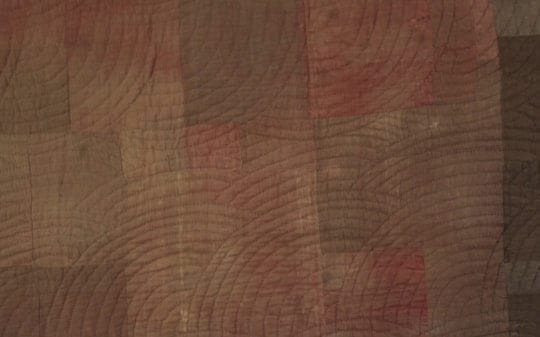
History: A classic example of patchwork quilting, this textile is essentially utilitarian. Made from recycled clothing, the inconsistent block sizes and shapes and lack of pattern indicates that...
Read More
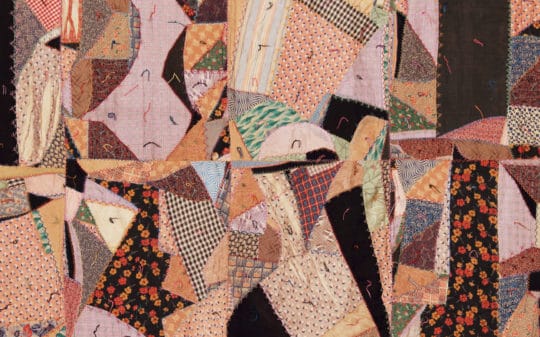
“Quilting was the joy of my life. Working with that. Ever’ little piece.” ~Aunt Arie Carpenter History: Crazy quilts were originally a method for using scraps of cloth, much like...
Read More
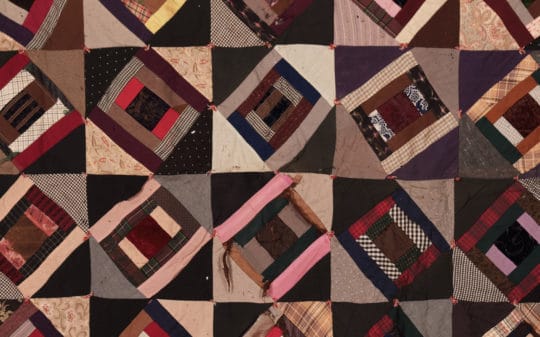
History: Log cabin, one of the most well-known quilt patterns, became popular around the beginning of the Civil War and have since retained their popularity. Shortly before the Civil War, the log...
Read More
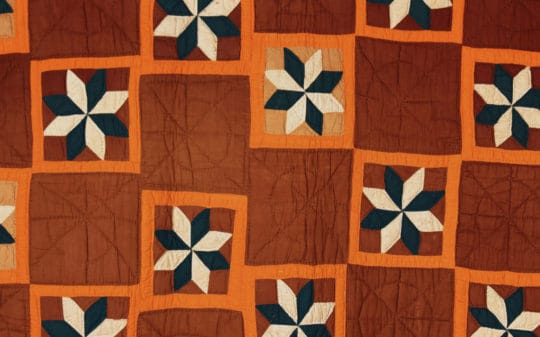
“…when a girl got married, she always had to have twelve quilts to start off with…the lady usually made some of the quilts herself. And then the community usually got together and...
Read More
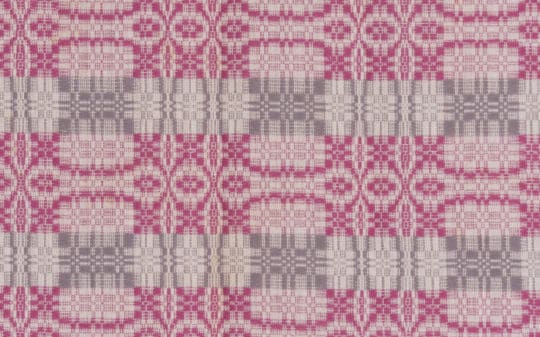
“Yeah, ole timers used to, they wove a lot o’ bedspreads, coverlets they called them back in those times. ‘Course they’re about all done away with now.” ~Minnie Buchanan history: Coverlets, another...
Read More
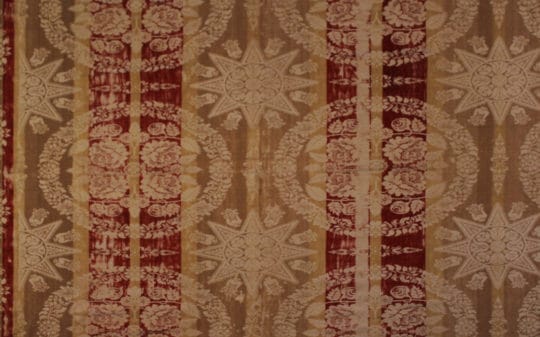
History: As the oldest dated textile in Foxfire’s collection, this intricate coverlet illustrates the continuity of craft and tradition in this region. Though the exact location of its...
Read More
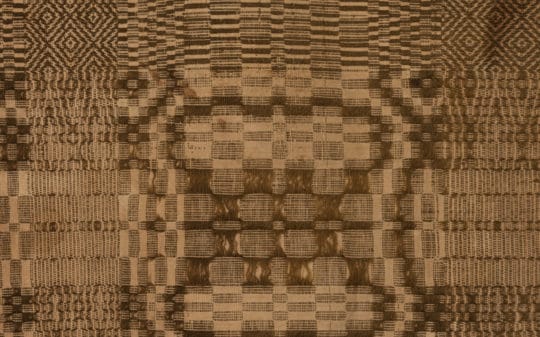
History: The muted colors of this overshot coverlet were made using natural dyes. Until the 1860s, color could only be obtained from natural goods, primarily plants. In the Appalachians, natural...
Read More
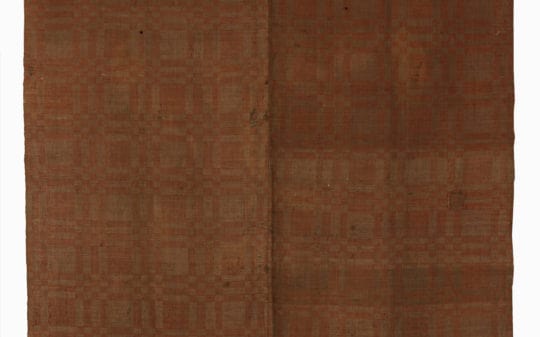
“That’s one of the beauties of the natural dyes—they’re very very subtle and they’re homogeneous—they go with one another. It’s almost impossible to dye two colors that don’t go together, even if...
Read More








